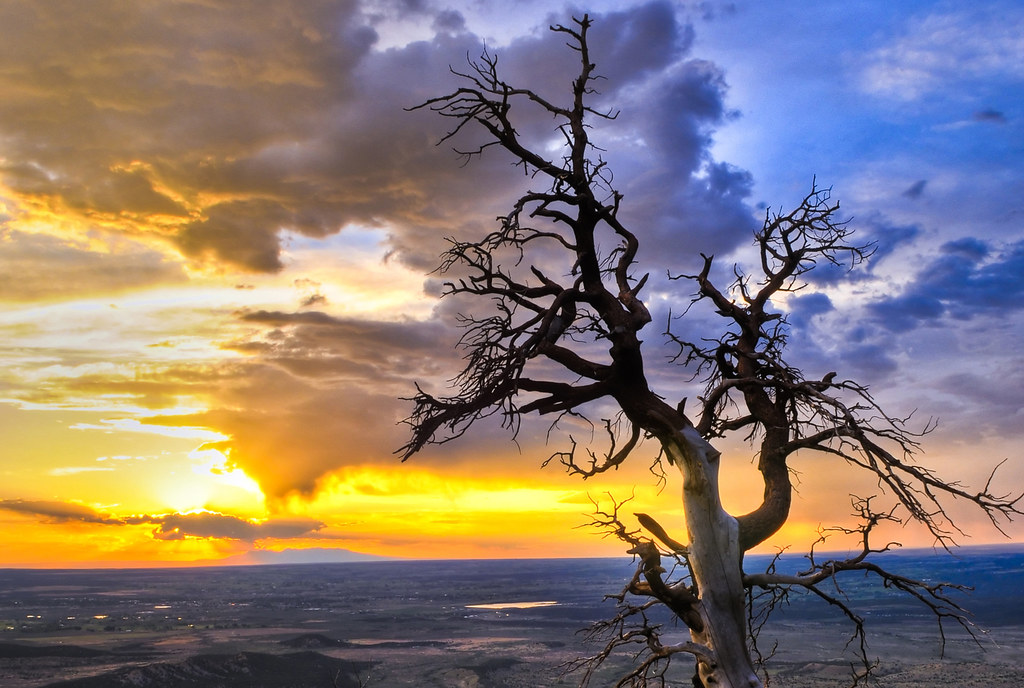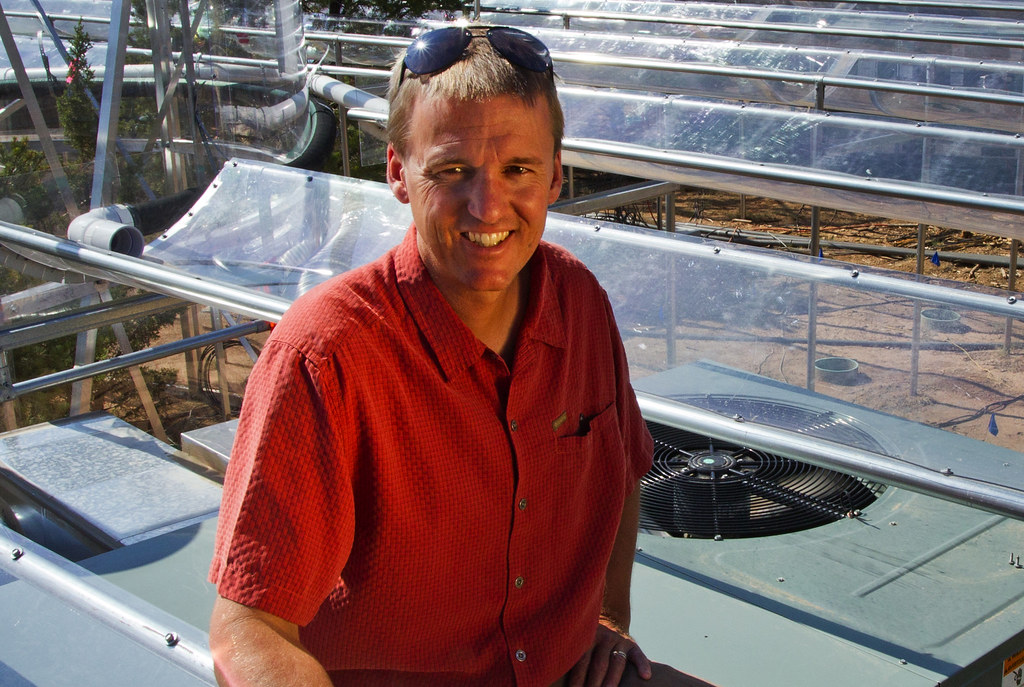Water trees to beat drought and global warming

Drought combined with global warming is a major threat to our trees in Northern New Mexico—and around the world—says Lab ecologist Nate McDowell.
Large trees suffer more from drought
Los Alamos Lab ecologist Nate McDowell studies trees for a living—which seemed like a silly thing to do from Los Alamos back in the early 2000s. “I originally wanted to leave because I was surrounded by trees that died in the 2002–2003 drought,” he remembers. “I figured there wasn’t much to study.”
Then McDowell realized that although it’s common knowledge that droughts (periods of low precipitation) kill trees in Northern New Mexico, it’s impossible for anyone to predict tree death. “So I knew we had a fundamental, interesting, and important research question to pursue,” he says. “Data availability at Los Alamos National Lab led to our hypotheses about how trees die, and we have subsequently developed a lot of our research locally.”
That research includes recent findings that larger trees (rather than smaller trees) suffer more during drought conditions—a fact that’s true for trees around the globe.
Large trees are more vulnerable to drought because it’s harder for them to transport the water and nutrients they need to their leaves, and evaporative demands are higher because larger trees are exposed to more solar radiation.

Plants are currently dying around the world as a result of climate change, and Nate McDowell believes we owe it to future generations to understand why. He and his team are currently studying where, when, and how vegetation dies during drought.
McDowell is quick to point out, however, that droughts “have always come and gone and will continue to come and go.” In other words, trees of all shapes and sizes have struggled with drought for millennia. What’s concerning nowadays is drought conditions are combined with global warming due to fossil fuel emissions. “Lots of climate processes are ‘natural’,” McDowell says, “but rising greenhouse gases magnify the impact of droughts by causing greater evaporation.”
The local impact
What does all this mean for the Land of Enchantment? “We should see decreasing forest cover throughout Northern New Mexico during the next 50 years,” McDowell says. “It may take another few decades because we are entering a wet period, but as warming continues, so does tree stress, so when droughts do come, we expect them to become increasingly worse.”
But not all is lost—at least when it comes to the trees in your yard. Reduce their competition by thinning the land around them. Also, “water your trees,” McDowell advises. “I know it sounds obvious!”






